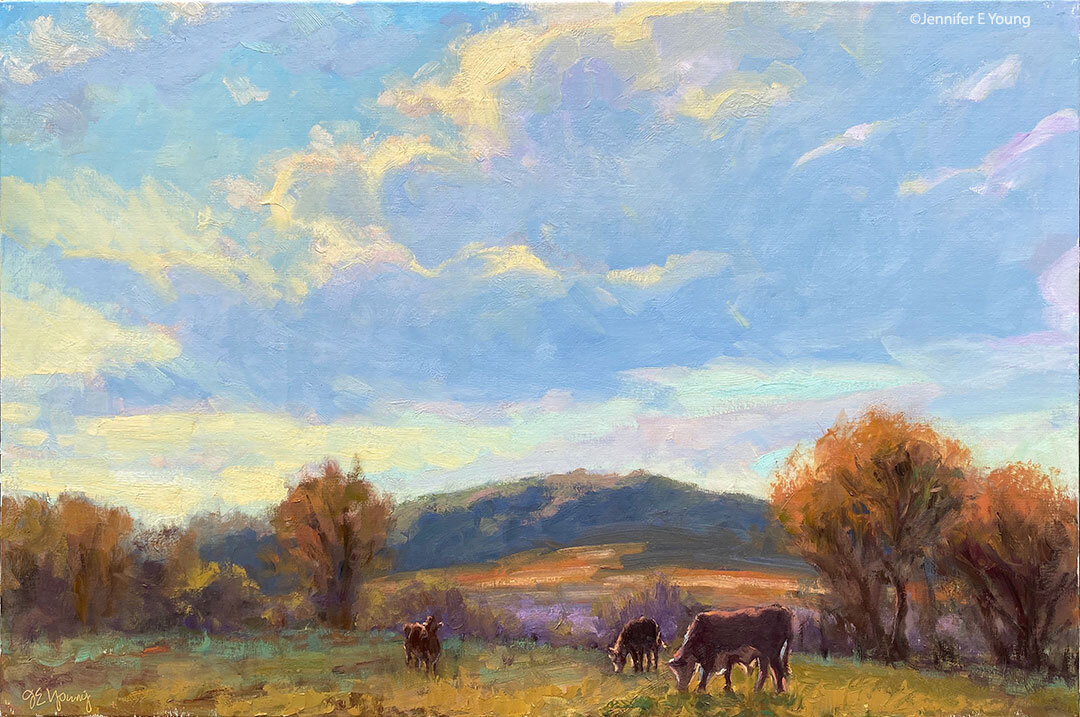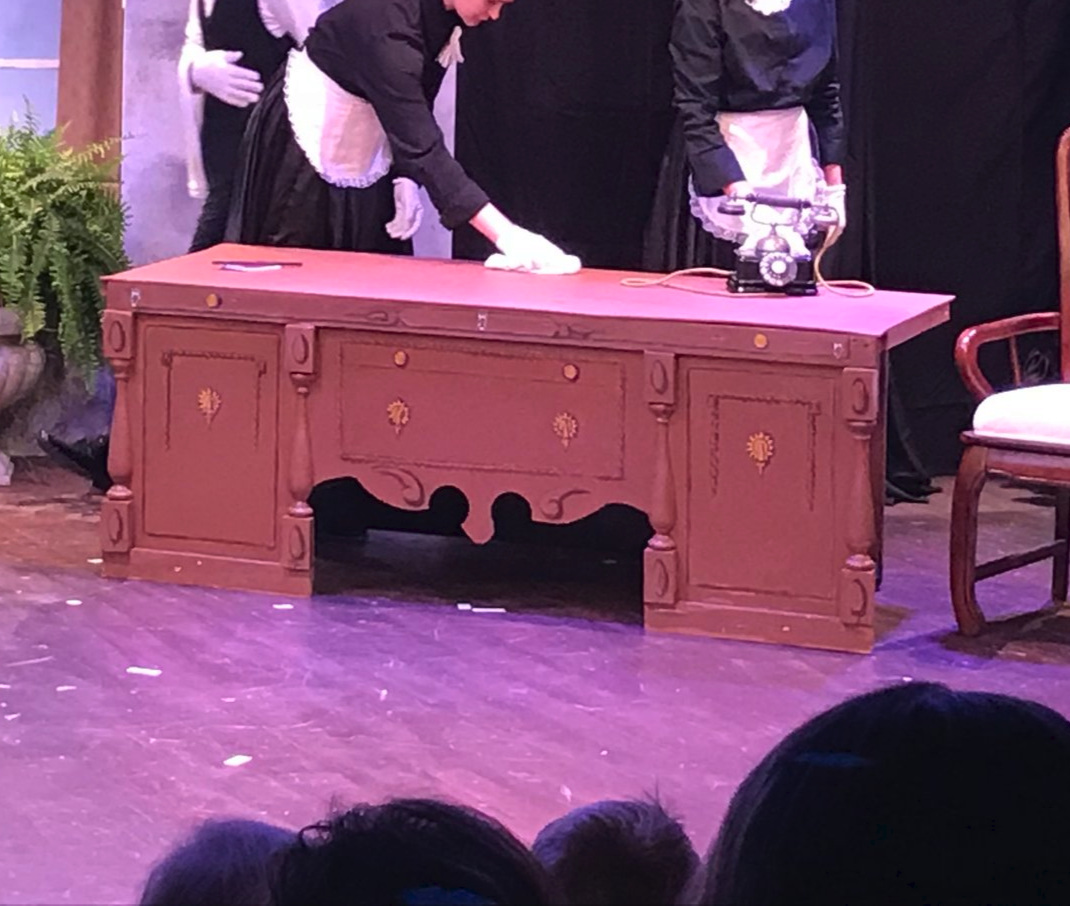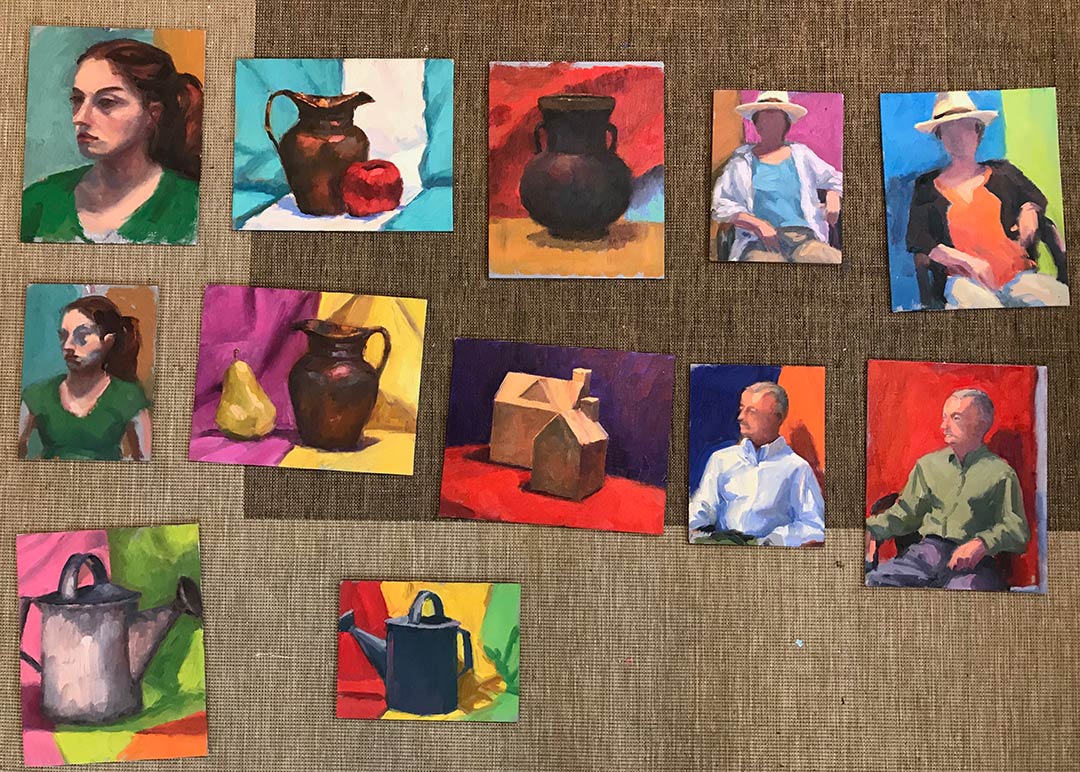On painting that ever changing light
/This post is inspired by a comment Molly left for me yesterday on the challenge of painting sunsets en plein air. As I've noted before, this golden hour of the day is my favorite time to be out painting-- but it's also one of the most challenging because the light changes incredibly fast. Since I've made my share of stinkers (and had a few successes too) I thought I'd offer a few tips from what I've observed along the way.
- At first, try keeping it small! This will ensure that you can cover the entire canvas within the time limitations you have.
- Broadly tackle first the overall light and shadow pattern and don't give into the temptation to lose yourself in details in the early stages.
- For as long as you can, try thinking in terms of light and dark, shapes and patterns instead of objects and things.
- Simplify.
- Squint.
- Develop what you know is going to change the fastest. In the recent harbor paintings I did in Annapolis, those clouds were such an important element in the paintings and I knew they'd change quickly as the sun was breaking through them across the sky. So I set about developing the sky and clouds first, even though I'd merely blocked in the dark shape of the boats.
- Make a commitment. Try not to change your entire painting with each change of the sky (or light). This will drive you crazy and it will quickly start to cause your painting to look confused. At some point you have to decide on the statement you want to make with your painting and commit to it. Learn to develop those memory muscles so that when the light changes you can recall the moment you were trying to capture. This is why blocking in the overall light and shadow pattern is so very important at the beginning.
- At the same time (and this is going to sound like a contradiction to the previous statement,) if you want to capture that elusive golden moment, you almost have to try and anticipate what's going to happen next and be ready for it. The best way to do this is to observe, observe, observe. Paint at different times of the day often enough and you will really begin to notice and observe what happens to the quality of the light. I find myself doing this mentally now, even when I'm not painting.
- Color is seductive, and it's understandable to want to change and tweak it as the sky gets more and more beautiful with that rosy/golden evening glow.  Sometimes it is necessary to add that flourish of color at just the right moment in your process to get the feeling you want. If you feel you really must change the color, I'd first try changing the color without changing the value. It's not as simple as it sounds. Those sunset colors can be pretty intense. Too much white will kill the intensity. Too much change can shift the value (and/or color temperature) to the point that it throws off your whole design. It really is a dance.
- Don't be stingy with your paint. Many don't put enough paint out on their palette, and/or mix smaller piles of color than they'll really need. While I usually keep my shadow areas relatively thin, I can really load it on in the highlight areas.
- Be grateful for the stinkers. (I am still working on this one.) Nowadays, while I still indulge in a brief tantrum, I am more and more appreciating the duds, and how well they teach me. Each one gives fuel to the fire and helps to inform a future masterpiece :-)
- Time is of the essence, but remember, this is a process of both measured intent and spontaneous response. These two approaches may seem to be at odds, but really they can work in tandem. For me, they are easiest to apply if IÂ can relax, have fun, and enjoy the moment.










